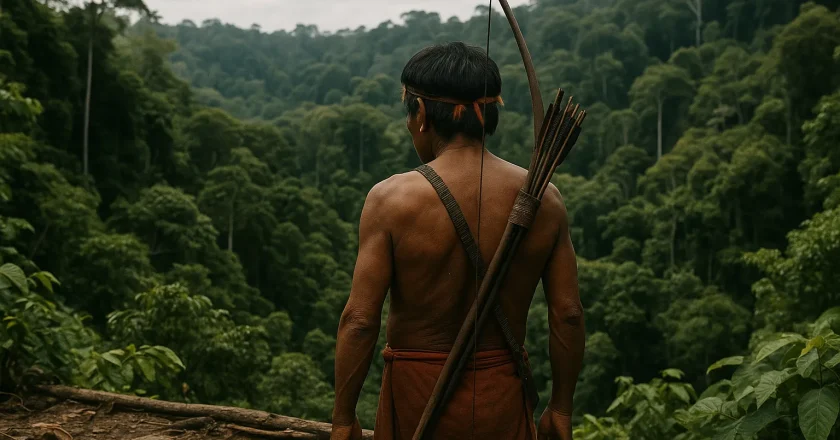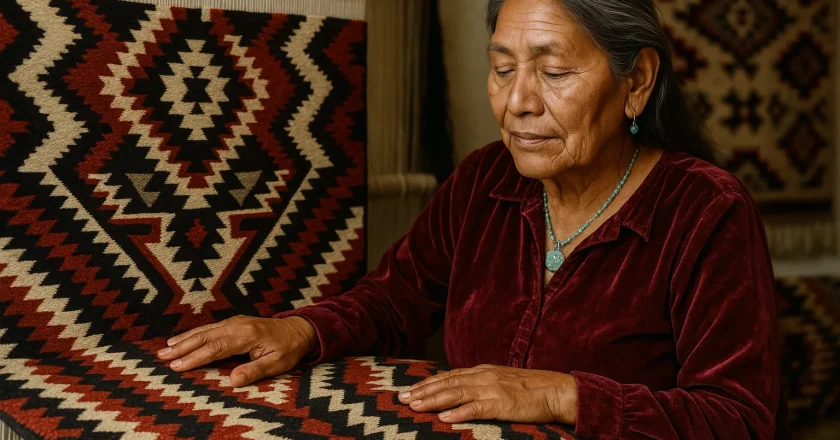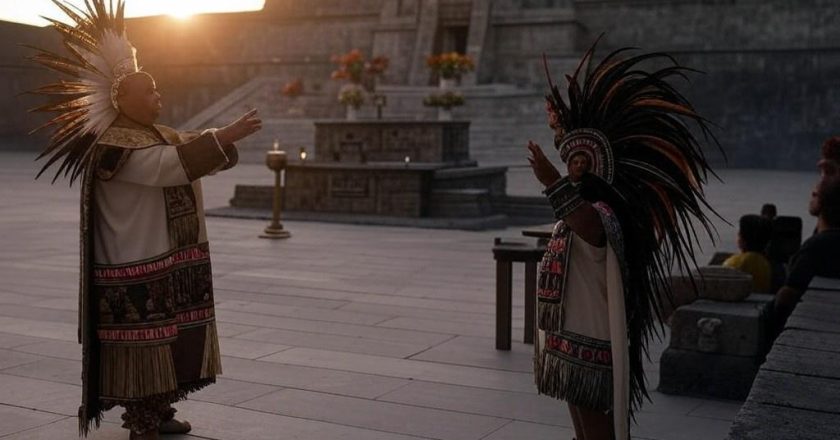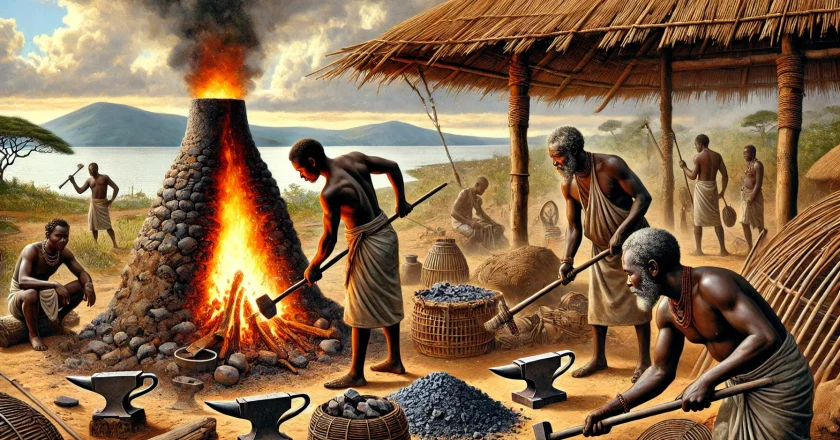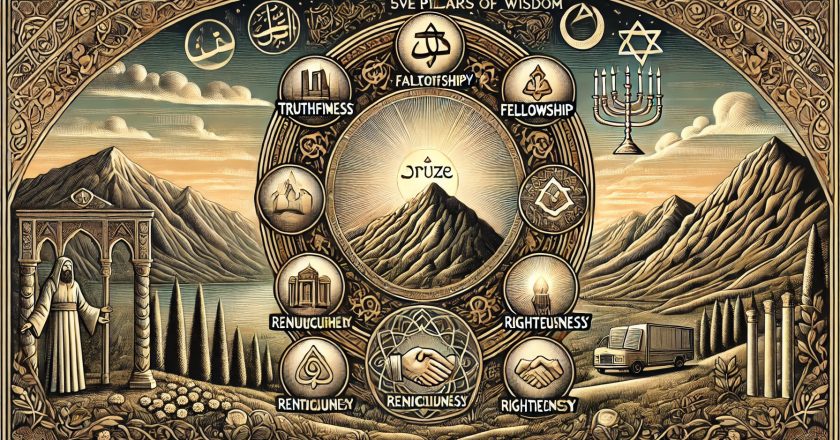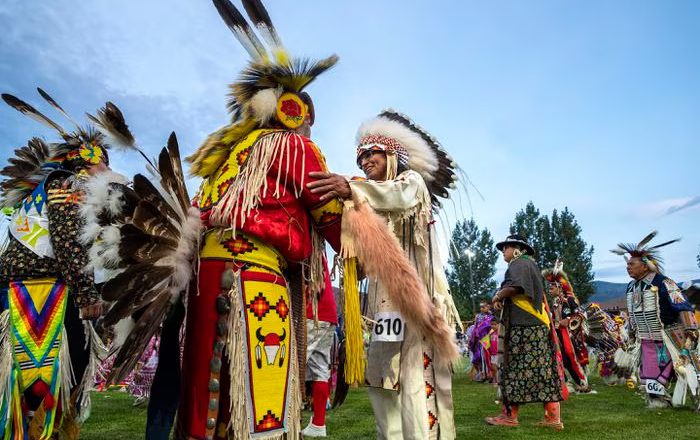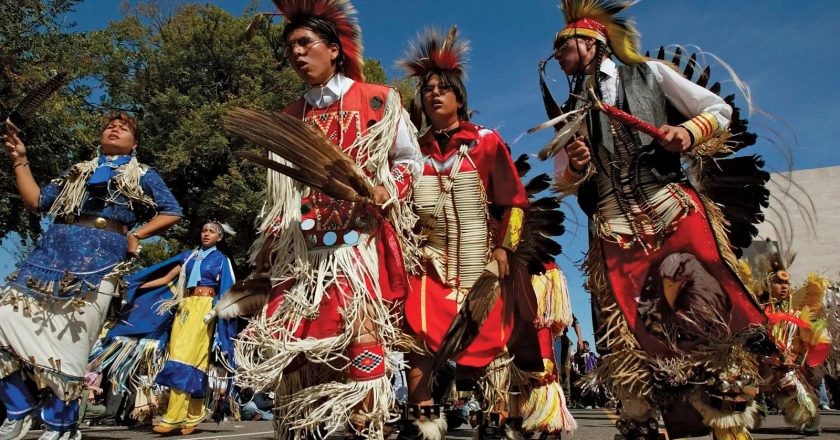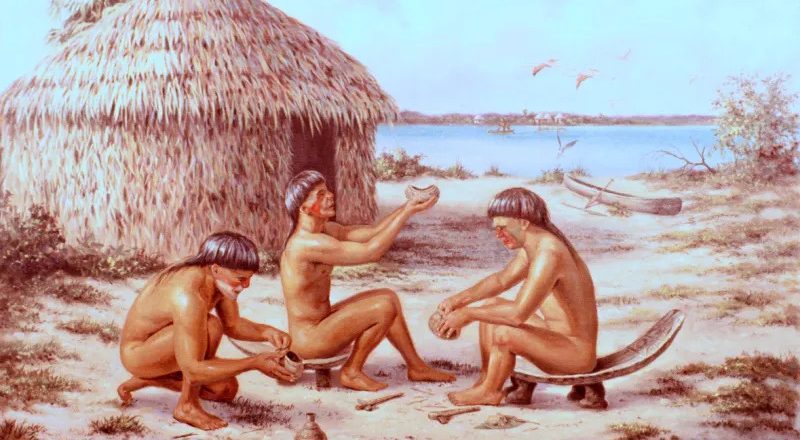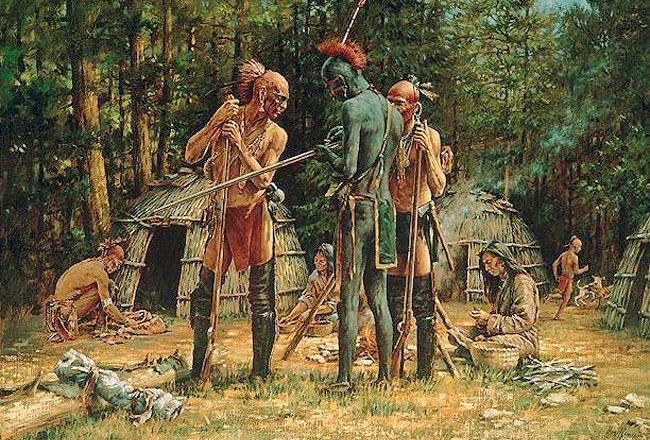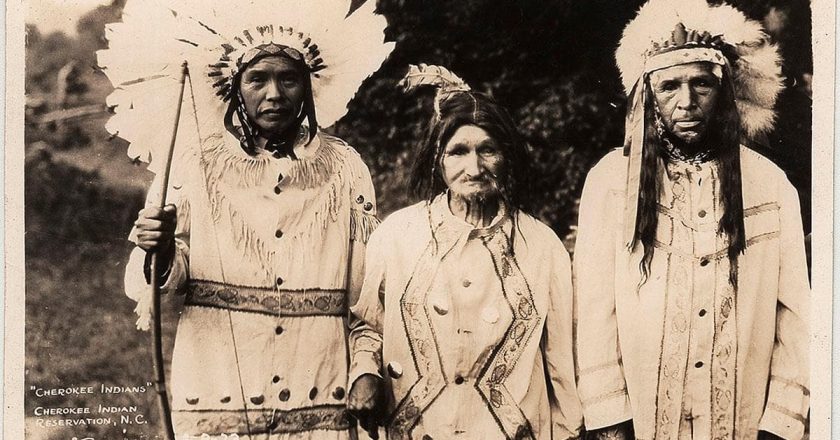The Tsimané People: The Secrets Behind the World’s Healthiest Hearts and Sharpest Minds
Deep in the Bolivian Amazon, the Tsimané people, an indigenous group of approximately 16,000 individuals, live a lifestyle that has baffled scientists for years. Their extraordinary heart health and remarkably low rates of dementia have positioned them as a blueprint for longevity and disease prevention. While heart disease and cognitive decline are leading causes of death in the Western world, the Tsimané seem to have found the secret to maintaining peak physical and mental health well into old age.
What makes their health so exceptional? Researchers have spent years studying their diet, lifestyle, and genetic predispositions to uncover the factors contributing to their near-immunity to cardiovascular disease and neurodegenerative conditions. Their way of life offers invaluable lessons o...


